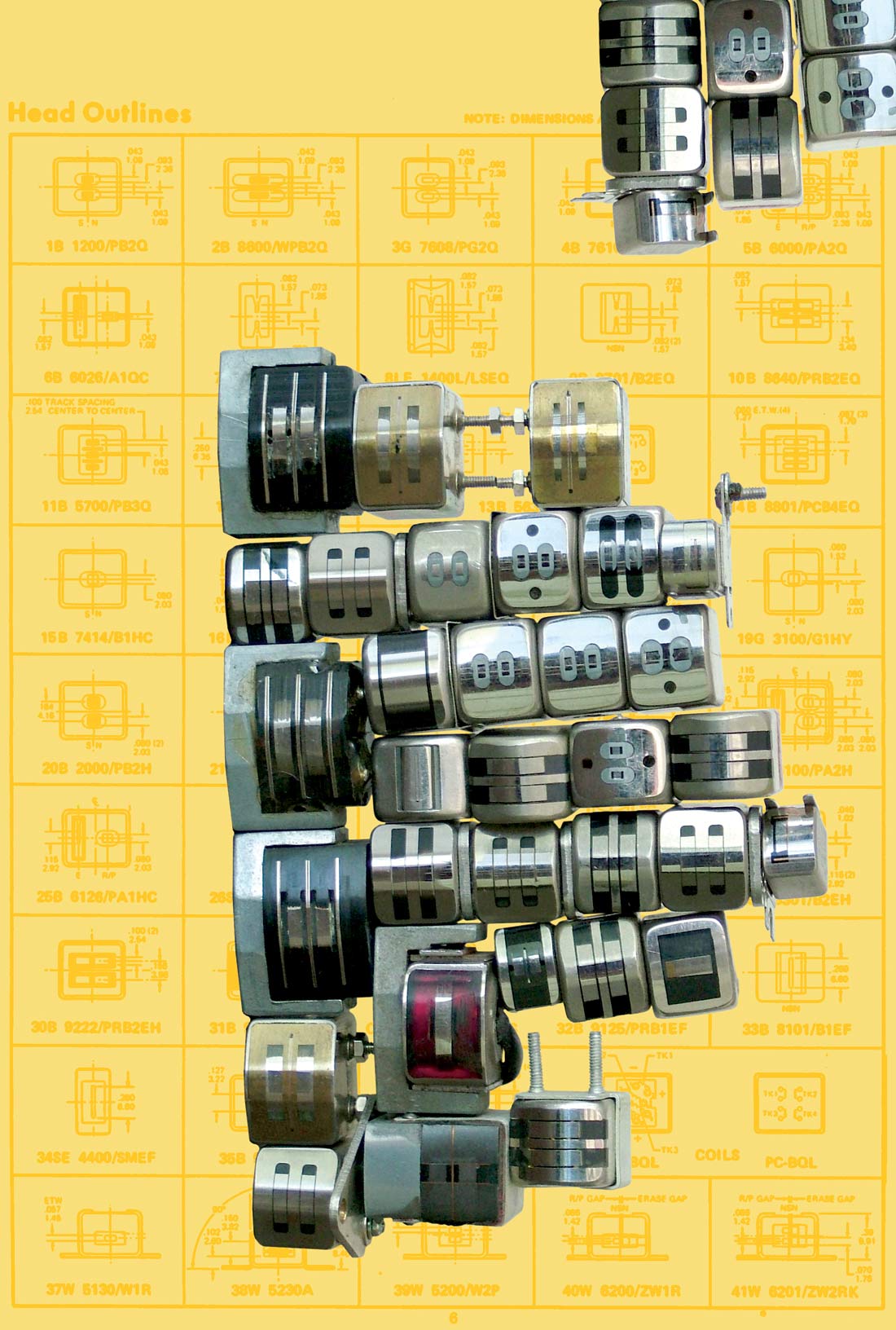For quite sometime many have viewed Waves L2 as the best digital plug-in limiter. And over the years, there have been many challengers. While some upstarts had strengths in different uses, none seemed to have that all-around solid performance of L2. Heck, I know quite a few people that think Waves L3 isn't as good as L2. Then here comes Steven Massey and his L2007 Mastering Limiter. L2007 is a mastering-grade, look-ahead, brick-wall limiter available in RTAS and TDM formats. And gentle readers, we have ourselves a real contender.
A software digital limiter is probably pretty easy to code. But creating one that actually sounds good is the issue. The sticky wicket seems to come in the implementation of the detection circuit and release parameters. Waves uses a brilliant proprietary algorithm that changes release times depending on the intensity of the input material. It's almost like having a little engineer who constantly rides the release fader. Massey achieves great sound by addressing both parameters of envelope detection and the release.
I'm a big fan of input detector controls for mastering limiters. To make matters simple, L2007 provides users with four modes that affect the detection: Loud, Mellow, Smooth, and Vibrant. In mastering or bus-mixing applications, you'll get the best results by spending your time choosing the mode that best fits the music. A nice thing about the mode descriptions is they are pretty accurate. Loud is an aggressive, bold, modern full-force limiter. Mellow (one of my favorites) is a variation of Loud. The one change is mid to high-mid distortion is attenuated. It gives more of a "favorite vinyl song" sound to the mix. Smooth is an entirely different approach that softens high and very high distortion. Smooth can be very useful for mixes that were already limited and are on the edge of brittle. However, care must be exercised with dealing with beat intensive tracks, such as house or trance, as the Smooth setting is prone to pumping when pushed too hard. Finally, Vibrant mode is most sensitive to midrange content. When you are limiting for a client that wishes to keep dynamic range rather than smash the sound, Vibrant is the way to go. I tried Vibrant on a demo track from Irish singer/songwriter Mark Dignam, and the results were an overall improvement in clarity without sacrificing the air and space around the tracks.
Earlier I mentioned the value of the release controls. For my review tests, I kept the release on Normal when I was doing bus and mastering work. However, when dealing with individual tracks, I did the opposite. I set the mode on Loud and focused on the various release settings. Massey gives you Fast, Normal, Medium, and Slow. It's pretty much straightforward. I was able to get a snare sound that exploded out of the speakers with Medium release and Loud mode. Perhaps my usage tips oversimplify the potential power of L2007, but it sure worked for me.
As for sonics, L2007 is on the cleaner side of the spectrum, and that's a compliment. It's also reasonably resource friendly. I was able to get ten instances on my Intel MacBook and still had plenty of CPU remaining.
The killer part is you can download the Massey plug-ins for free. The demo period never expires and never beeps or does any of that funny stuff. However, there are advantages to purchasing the full versions, so check that out online. Finally, the asking price is so fair, especially for students and working stiffs. The plug-ins are simply an amazing value.
I would like to conclude with some pithy marketing statement about how wonderful L2007 is. But when a product is this good and this affordable, there should be no indecision. Just go download these plug-ins, and you'll hear what I mean. Oh yeah, the other Masseys (Tape Op #53) are pretty rocking, too! (Free demo, $89 download for full version; www.masseyplugins.com
Tape Op is a bi-monthly magazine devoted to the art of record making.




_disp_horizontal_bw.jpg)